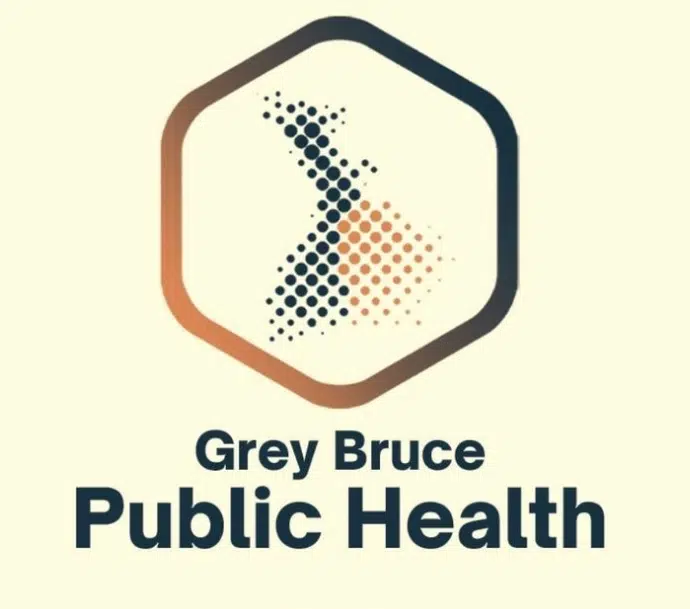In the quiet communities of Grey Bruce, a troubling trend has emerged beneath the surface of rural roadways. As cannabis legalization approaches its sixth anniversary in Canada, public health officials are confronting an uncomfortable reality: cannabis-impaired driving remains a persistent and dangerous issue across the region.
Grey Bruce Public Health recently announced a strategic pivot in its road safety initiatives, highlighting significant progress in traditional areas while acknowledging the need for targeted action on cannabis-impaired driving. The health unit’s comprehensive approach has yielded measurable improvements in seat belt compliance and reduced alcohol-related incidents, according to Dr. Melissa Thompson, Chief Medical Officer for the region.
“We’ve seen encouraging data showing increased seat belt usage across all demographics, particularly among rural drivers where we’ve historically struggled,” Dr. Thompson explained during yesterday’s announcement. “However, our surveillance indicates cannabis impairment remains poorly understood by many drivers, with misconceptions about its effects on driving performance.”
The health unit’s decision follows concerning statistics from regional police services indicating approximately 17% of serious motor vehicle collisions in Grey Bruce now involve drivers with detectable THC levels. This represents a troubling 4% increase since 2021, despite robust public education campaigns.
The initiative will introduce several innovative components, including community-based education sessions featuring interactive demonstrations that simulate cannabis impairment effects on reaction time and perception. Local cannabis retailers will partner with public health to distribute informational materials directly to consumers at point of purchase.
“Unlike alcohol, where the public generally understands the relationship between consumption and impairment, cannabis presents unique challenges,” noted Constable David Harrington of the Grey Bruce OPP detachment. “Many users genuinely believe their driving improves under the influence, which makes this particularly dangerous.”
Public health officials emphasized the importance of this shift, citing research from the Canadian Centre on Substance Use and Addiction showing cannabis can impair driving abilities for up to 24 hours after use, significantly longer than many users realize. These effects include reduced coordination, slower reaction times, and impaired judgment of speed and distance.
Grey Bruce’s initiative arrives amid growing national concerns about cannabis-impaired driving. Transport Canada data indicates cannabis-related traffic incidents have increased by 8% nationwide since 2020, with rural areas experiencing disproportionately higher rates.
The health unit’s multifaceted approach will also include workplace education programs targeting industries with higher rates of cannabis use, youth-focused awareness campaigns in high schools, and enhanced detection training for law enforcement. Funding for the initiative comes primarily from provincial grants dedicated to road safety and substance use prevention.
Local cannabis retailer Sarah Jennings welcomed the initiative: “As business owners, we want to promote responsible use. Most of our customers don’t realize how long impairment can last, especially with today’s higher-potency products. This education is absolutely necessary.”
As Grey Bruce Public Health implements this refocused strategy, the question remains whether increased awareness alone can change deeply entrenched behaviors and misconceptions about cannabis and driving. Will this regional approach provide a model for other communities grappling with similar challenges in the post-legalization landscape?

























